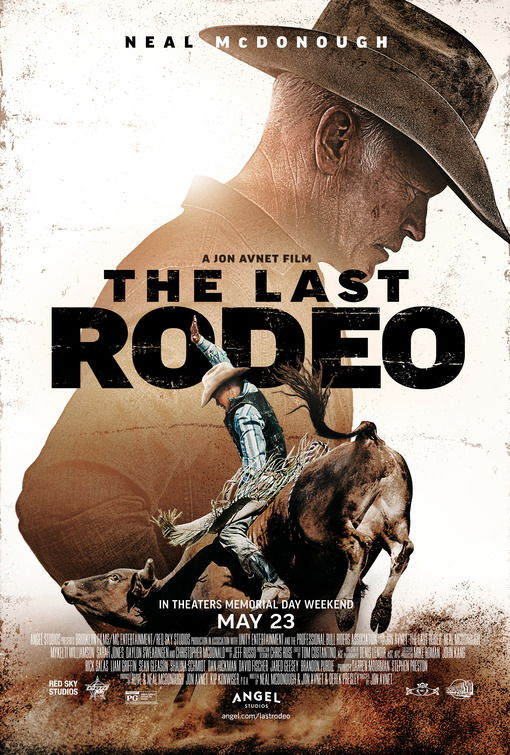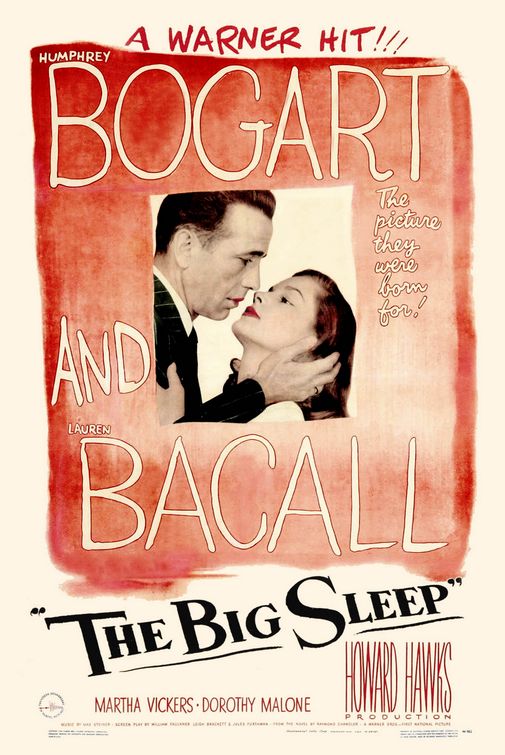“A Classic Uncovered”

| None | Light | Moderate | Heavy | |
|---|---|---|---|---|
| Language | ||||
| Violence | ||||
| Sex | ||||
| Nudity |
What You Need To Know:
The events causing the changes between the two versions is rocky and complicated. The original version was ready for release in 1945, but was bumped when WWII pictures were moved up in the release schedule. Film noir is noted for its dark themes and dark photography. While containing violence and sexual suggestiveness, this movie is very tame by today’s standards. Images of blood are non-existent, and none of the leads removes their clothes. THE BIG SLEEP is by no means a morality tale, or a lesson in sex roles, but it is an expert piece of film making with highly moral and restrained photography on the grim subject matter of solving murder.
Content:
(Pa, B, VV, A, D, M) Pagan worldview with some moral elements; no foul language; moderate violence including beating & implied & depicted shooting murders; no sex; no nudity; alcohol use; smoking; and, miscellaneous immorality including gangsterism & rebellion themes
More Detail:
Though the story is the same, this original version is a bit more straightforward and easier to understand. Ailing General Sternwood lives out his remaining days in a greenhouse. He is alarmed to discover that his coy yet flirtatious daughter, Carmen is being blackmailed by a book publisher. General Sternwood summons private detective Philip Marlowe (Bogart) to his home and hires him to unravel the mystery and to find the location of Sternwood’s old business partner Shawn Regan. Carmen’s sister, Vivian (Lauren Bacall), offers to help.
Marlowe discovers that Carmen is involved with a notorious criminal named Eddie Mars. Together, Carmen and Eddie murdered Carmen’s old fiancé. Mars soon becomes suspicious of Marlowe’s intentions and has both Vivian and Marlowe kidnapped. The two struggle to free themselves from the gangster hideout, and Marlowe overpowers Mars. Marlowe forces Mars to leave the hideout first, and he is shot down for a barrage of bullets intended for Marlowe. As the police arrive to round up Mars’ men, Marlowe and Vivian discover that they have fallen in love.
The events causing the changes between the two versions is rocky and complicated. The original version was ready for release in 1945, when historical events and the determination of Lauren Bacall’s agent Charles K. Feldman, intervened. World War II was coming to a close and Warner Bros. was afraid that war films would seem dated, so they rushed those films into release, including the Bacall dud, CONFIDENTIAL AGENT, which put Bacall’s career in jeopardy. Feldman urged Jack Warner, the head of Warner Bros., to re-shoot several scenes with Bacall. Warner agreed, halted the release and ordered a re-shoot, although the 1945 film was shown to American servicemen overseas.
To speed up the plot, studio editors dropped some scenes, including a long confrontation in the D.A.’s office that explains almost everything. Also clipped are lengthy scenes of Marlowe’s investigation of a murder house. These two scenes are returned for this version. Several sequences with super-spicy Bogey-Bacall double entendres were added because critics and audiences alike knew that this sort of banter between the two stars made the story entertaining and endearing. Film critic Leonard Maltin says, “The 1946 version is definitely a more enigmatic film, and there’s more of Lauren Bacall in it. The original is more linear, a bit clearer and somehow a little less intriguing. Stylistically, it’s less exotic.”
Film noir is noted for its dark themes and dark photography. While containing violence and sexual suggestiveness, this movie is very tame by today’s standards. Images of blood are non-existent, and none of the leads remove their. In fact, the intrigue between Bogart and Bacall happens through their dialogue, not physical activity. Bogart is known as a callus, but just man. With insecurities, depression, stress, and sexual ambiguity defining much of manhood today, Bogart’s persona is a reminder of a stronger, albeit godless, model of the mature male. Likewise, Bacall, at 19-years-old, surpasses the strength of many modern screen heroines.
THE BIG SLEEP is by no means a morality tale, or a lesson in sex roles, but it is an expert piece of film making with highly moral and restrained photography on the grim subject matter of solving murder. This version will thrill film buffs and moral moviegoers alike.


 - Content:
- Content: 




